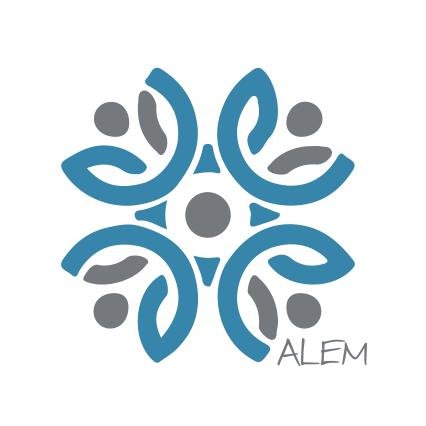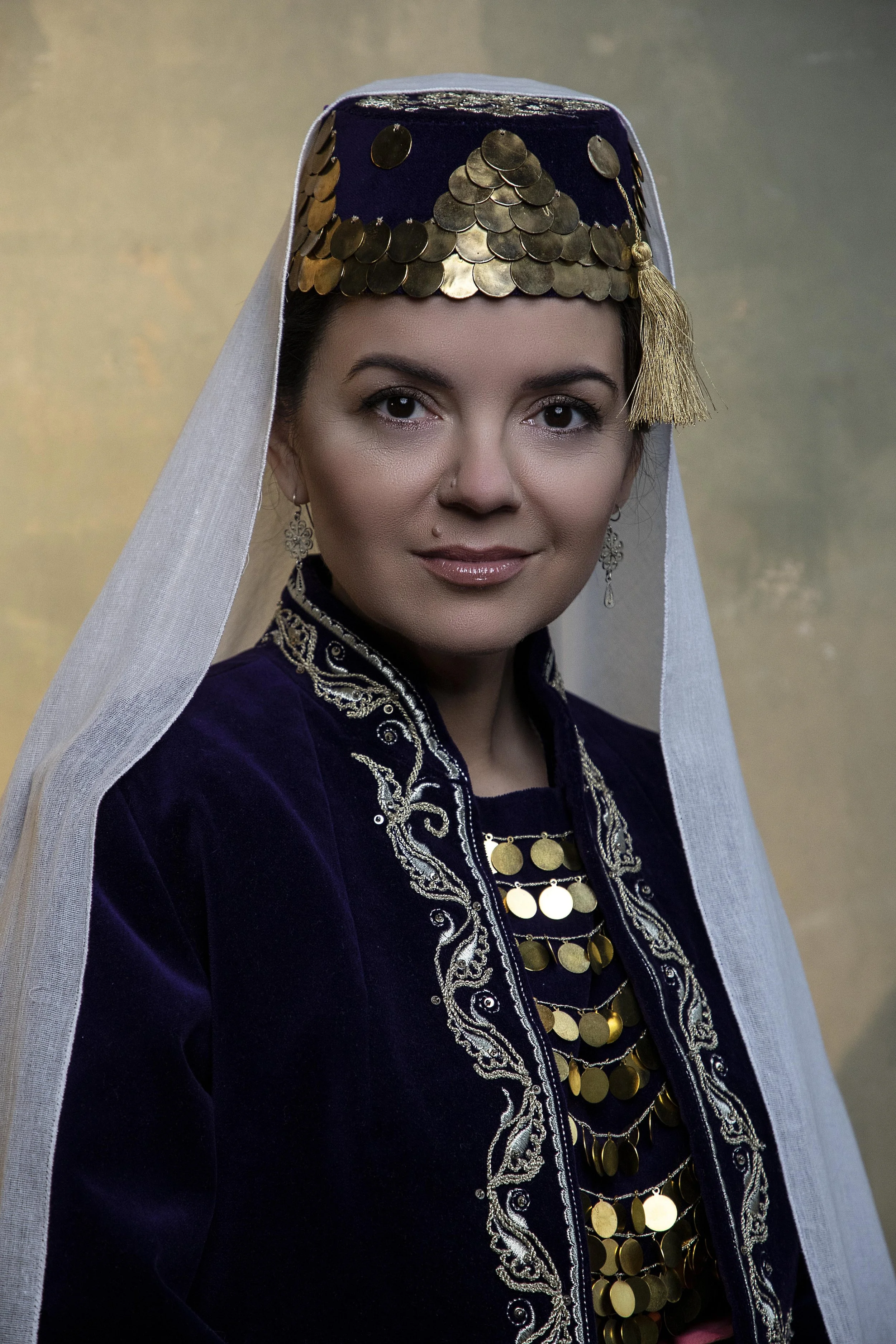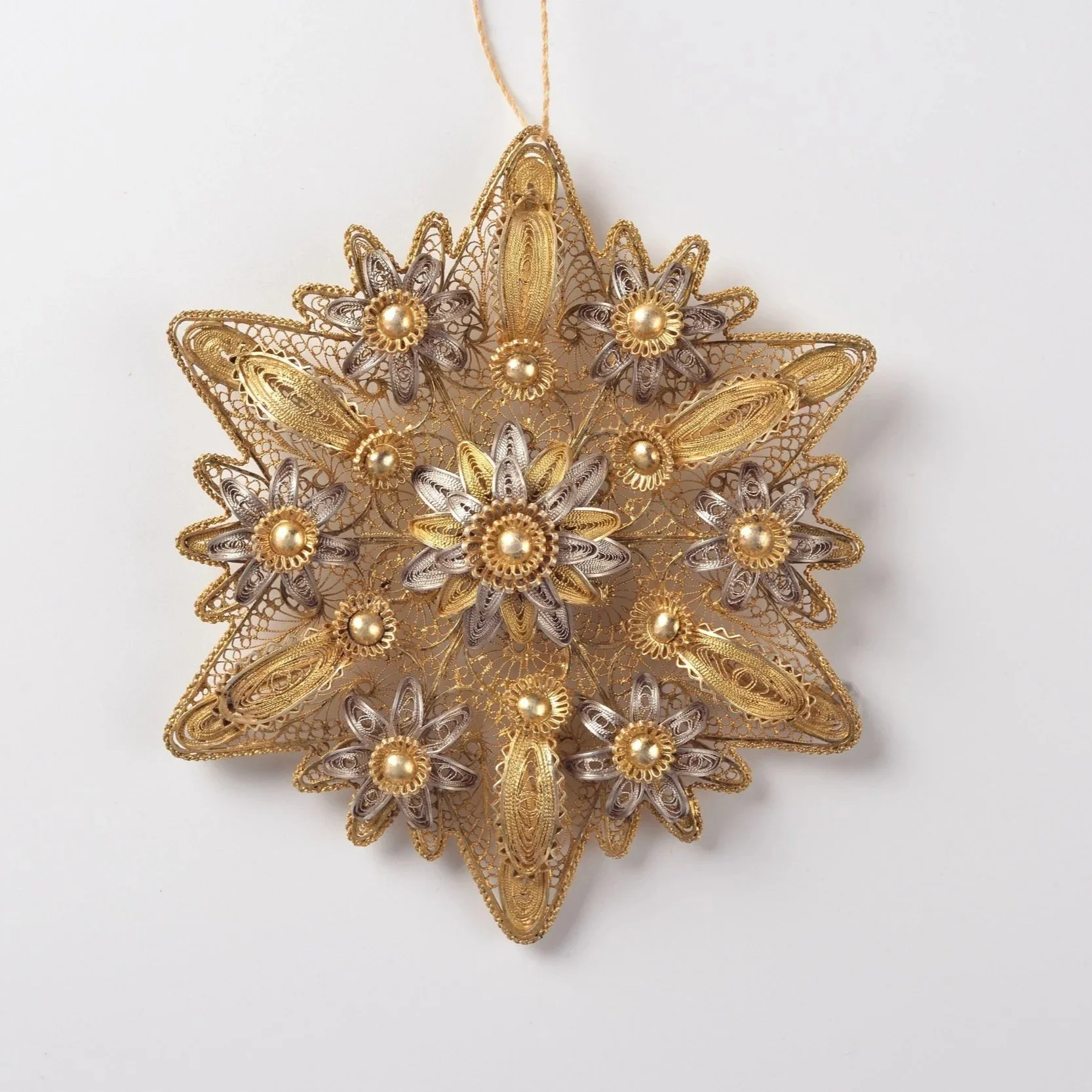Traditional dress of a Crimean Tatar woman
In 2023, we celebrate the 15th anniversary of Ukraine’s accession to the Convention for the Safeguarding of the Intangible Cultural Heritage.
We are extremely pleased to welcome a bright star of Ukrainian journalism and TV host Marichka Padalko to our project “Meanings Unifying People.”
“Before this shooting, I had only seen the Crimean Tatar outfit from afar. I was worried that I wouldn’t be able to capture the essence of it, but I managed to do so. I could never have imagined that I would become so familiar with it in just a few hours, as if I were a Crimean Tatar in a past life.”
Marichka Padalko, host of TSN and 1+1 Ukraine
At first glance, the traditional dress of a Crimean Tatar woman seems to be a complex combination of nearly a dozen elements. However, it is carefully designed, and not a single detail is superfluous. It is a system of interconnected items of clothing, headgear, accessories, and jewelry that convey information about its owner through signs and symbols.
The fes headgear first appeared in the wardrobes of Crimean Tatar women in the 17th century, and it remains popular today. Made of velvet, it is often adorned with gold coins, gold threads embroidery, or river pearls.
The upper part of the fes is usually adorned with gold and silver topelik jewelry, made in the technique of openwork multilayered filigree.
According to tradition, after the wedding, the curls on the bride’s temple were trimmed and covered with a zilif aşqısı jewelry sewn onto the edge of the fes headgear.
This temple jewelry was a sacred element of a married woman’s dressing up to the age of 40.
The different types of head coverings reflected a woman’s age, social status, life circumstances, and the events in which she participated. These coverings were not only part of a woman’s attire, but also a means of expressing cultural traditions and individuality.
A marama is a head covering made of homespun cloth that was worn on top of a fes. These head coverings were often embroidered with an ornamental composition of egri dal, or “curved branch,” a female ornament Ornek. It symbolizes the qualities typically associated with women: flexibility, vividness, variability, plasticity, and adaptability.
In a modern interpretation, this ornament pays tribute to women for their wisdom, strong spirit, and adaptability in various areas of life, including family, creativity, and social contributions. These qualities are universal values that unite Ukrainian and Crimean Tatar women.
Marama. Embroidery by Yuliia Tulupova
The yipişli quşaq is a traditional Crimean Tatar belt. It consists of a toka (buckle) and sulyuks, which are evenly spaced along a woven ribbon. The buckle is shaped like a yüzüm yapraq, or grape leaf.
The groom’s family gave the bride a yipişli quşaq to symbolize their wish for her to have a large and strong family. The grape leaf is one of the oldest symbols of fertility and vitality, functioning as a talisman.
Collection of the Treasury of the National Museum of the History of Ukraine
We invite you to embark on an exciting journey into the world of Crimean Tatar culture. We preserve unique knowledge that reveals the people’s rich spirit and devotion to traditions.
We also invite you to visit the exciting exhibition Miras. The Heritage takes place in Kyiv at the Treasury of the National Museum of the History of Ukraine, located at 9 Lavrska street, building 12. There, you will have a unique opportunity to view works of Crimean Tatar art and impressive examples of traditional clothing. The exhibition is open Tuesday through Sunday until January 2, 2026.
We invite you on a journey through a world of beauty and expressiveness, where unifying meanings become visible through the lens of talented photographer Katarina Guz’.
Text authors: Esma Adzhieva, Oleksii Savchenko











